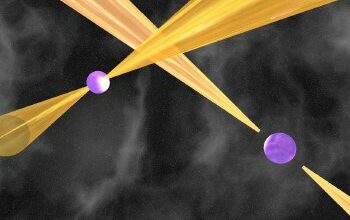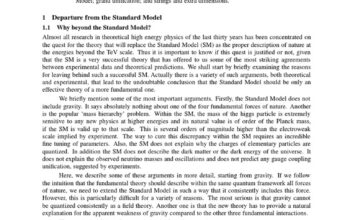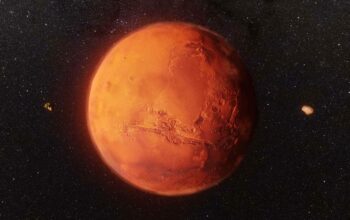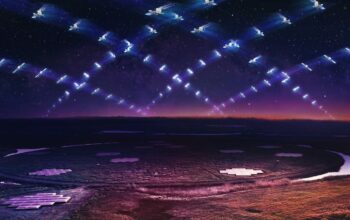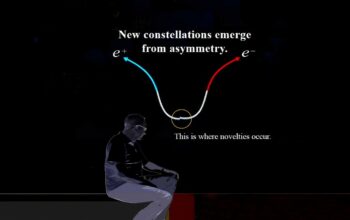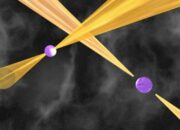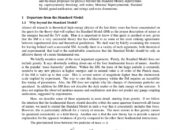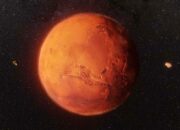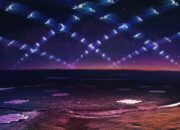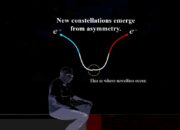In the ever-expanding discourse surrounding extraterrestrial life, one might pose the fleeting yet provocative query: What if our assumptions about life’s prevalence in the cosmos are fundamentally flawed? This question beckons a myriad of considerations, from the biological prerequisites for life as we understand it to the often-stated notion of the “Goldilocks Zone.” The quest for extraterrestrial organisms has fueled scientific inquiry and, admittedly, popular imagination, leading to an intriguing dichotomy between optimism and skepticism.
At the crux of this discussion lies the definition of life itself. In its most elementary form, life is often characterized by the ability to grow, reproduce, respond to stimuli, and adapt to the environment. However, these criteria, while adequate for Earthly organisms, may not hold universally across the enigmatic tapestry of the universe. The inquiry, then, extends beyond terrestrial biology to incorporate astrobiology: the study of potential life forms and their environments beyond Earth.
Traditionally, the search for extraterrestrial life has gravitated toward exoplanets situated within their star’s habitable zone—regions characterized by optimal temperatures that allow for the presence of liquid water. However, it is imperative to question the validity of this parameter as a universal benchmark. Consider the extremophiles that thrive in Earth’s most inhospitable conditions: hyperthermal hydrothermal vents, acidic lakes, and even in the frigid environments of Antarctica. These organisms challenge our preconceived notions, suggesting that life may not be exclusively confined to familiarity as we know it.
Thus, the query emerges: Could extraterrestrial life be thriving in environments wholly alien to our own conception of habitable conditions? The answer necessitates an exploration of alternative biochemistries. Silicon-based life forms, for instance, have been a captivating subject of speculative biology. While carbon is the backbone of terrestrial life due to its unparalleled versatility, silicon offers intriguing attributes that merit further examination. Given its similar chemical properties to carbon, it is not beyond the realm of possibility that life forms could arise in environments rich in silicon compounds—an evolutionary outcome thriving in conditions vastly divergent from our expectations.
Another dimension of this discourse revolves around the role of extremophiles. These organisms are not mere scientific curiosities; they are testaments to life’s resilience and adaptability. When evaluating the potential for life on worlds such as Jupiter’s moon Europa or Saturn’s Enceladus, which possess subsurface oceans beneath icy crusts, the presence of such organisms bolsters the argument for alternate habitable conditions. Yet it also presents a formidable challenge. Are we prepared to encounter life forms that do not conform to our narrow biological paradigms?
Furthermore, as we turn our gaze toward the cosmos, it is prudent to consider the temporal dynamics of life’s existence. The vast age of the universe—approximately 13.8 billion years—raises profound questions about the sustainability of life. Evolution, contingent upon countless variables, may lead to the transient nature of life itself. Civilizations may rise and fall on distant planets, thus leaving no trace detectable by our instruments. The search for life, therefore, must contend with an inherent likelihood that life may have existed elsewhere but extinguished eons ago.
Additionally, we must confront the methodological limitations of current astronomical technologies. Detection techniques, such as the transit method and radial velocity measurements, offer valuable insights into exoplanet characteristics, yet they are predominantly designed to identify Earth-like conditions. Consequently, they may overlook environments providing a different yet viable framework for life. This technological myopia raises an imperative question: Are we adequately equipped to discern unconventional life signatures?
Moreover, there is a philosophical underpinning to the search for life beyond Earth—one that questions our place in the cosmos. The Fermi Paradox eloquently encapsulates this predicament. If the universe is teeming with life, as statistics suggest, where is everyone? Do our efforts to detect alien civilizations overlook the fact that they may not utilize communication methods congruent with our understanding? The inherent challenges of interstellar communication, influenced by the vastness of space and time, introduce a layer of complexity that merits deliberation.
In light of these multifaceted considerations, one must ponder whether our relentless pursuit of extraterrestrial life is predicated on misleading premises. The frameworks and methodologies employed may enforce anthropocentric biases that not only constrain our search but also skew our understanding of possibilities. Shifting the intellectual paradigm requires the audacity to imagine life as something inherently divergent from our fundamental biological assumptions.
The contemplation of life beyond our planet is an exploratory journey replete with uncertainties, yet it proffers tantalizing prospects. As scientists and thinkers continue to unravel the intricacies of life’s existence and resilience, it remains clear that the question, “Life on a distant world? Think again…” is not merely rhetorical; it is a call to reassess, recalibrate, and broaden our perspectives. Embracing the potential for life that circumvents our conventional understanding may well be key to unlocking the mysteries that lie beyond our pale blue dot.

